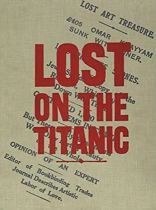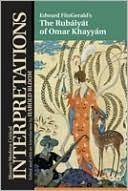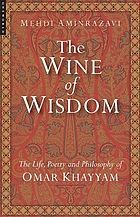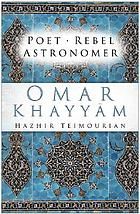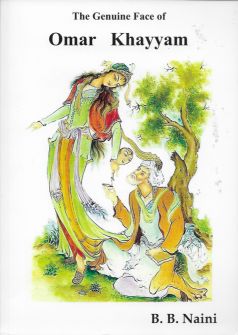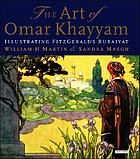Acknowledgements
Foreword
CHAPTER 1
The Genuine Face of Omar Khayyam
The influence of Avicenna on Omar Khayyam
The character of Omar Khayyam
The authenticity of the Rubaiyat
The intractable problem with translating Persian poetry
Translating the Rubaiyat in Prose
CHAPTER 2
The Creation of the World, Existence and Religions
CHAPTER 3
The Followers of Omar Khayyam
The influence of Omar Khayyam onSaadi
The influence of Omar Khayyam on Hafez
CHAPTER 4
Omar Khayyam and Pottery
CHAPTER 5
The Creation of the World and God
CHAPTER 6
Freewill and Predestination
The influence of Omar Khayyam on Parvin Etesami
CHAPTER 7
The Puppet Show
CHAPTER 8
The Translations
Edward FitzGerald
A brief look at Edward FitzGerald’s Life
CHAPTER 9
Omar Khayyam & the philosophers and scientists of the world
CHAPTER 10
Optimist and Pessimist
CHAPTER 11
The Existence of Man and Nature
CHAPTER 12
The Effect and Outcome at the Conclusion
Selected Bibliography
